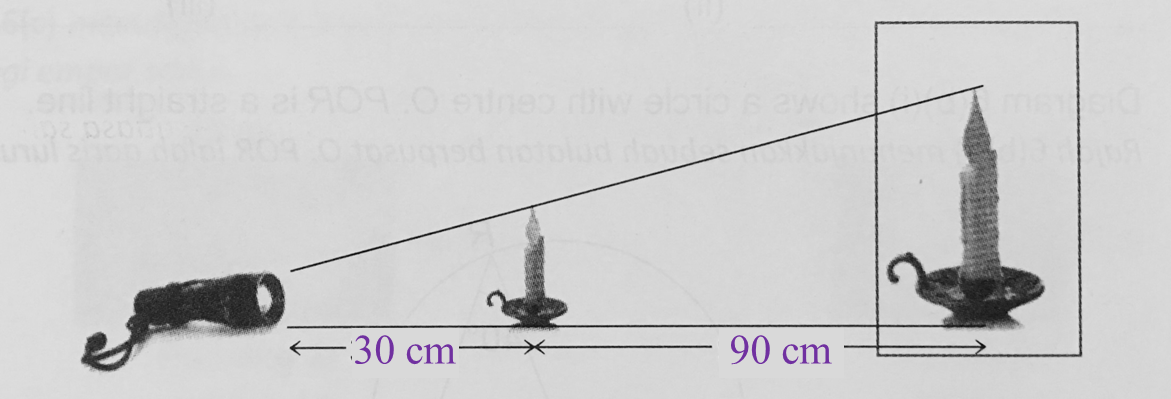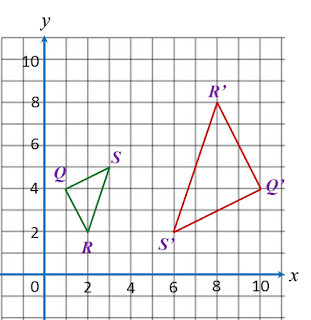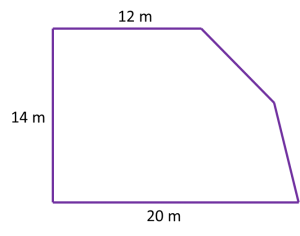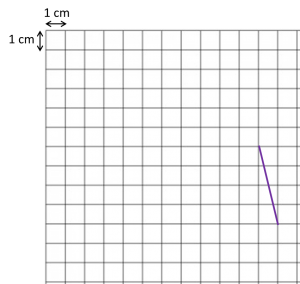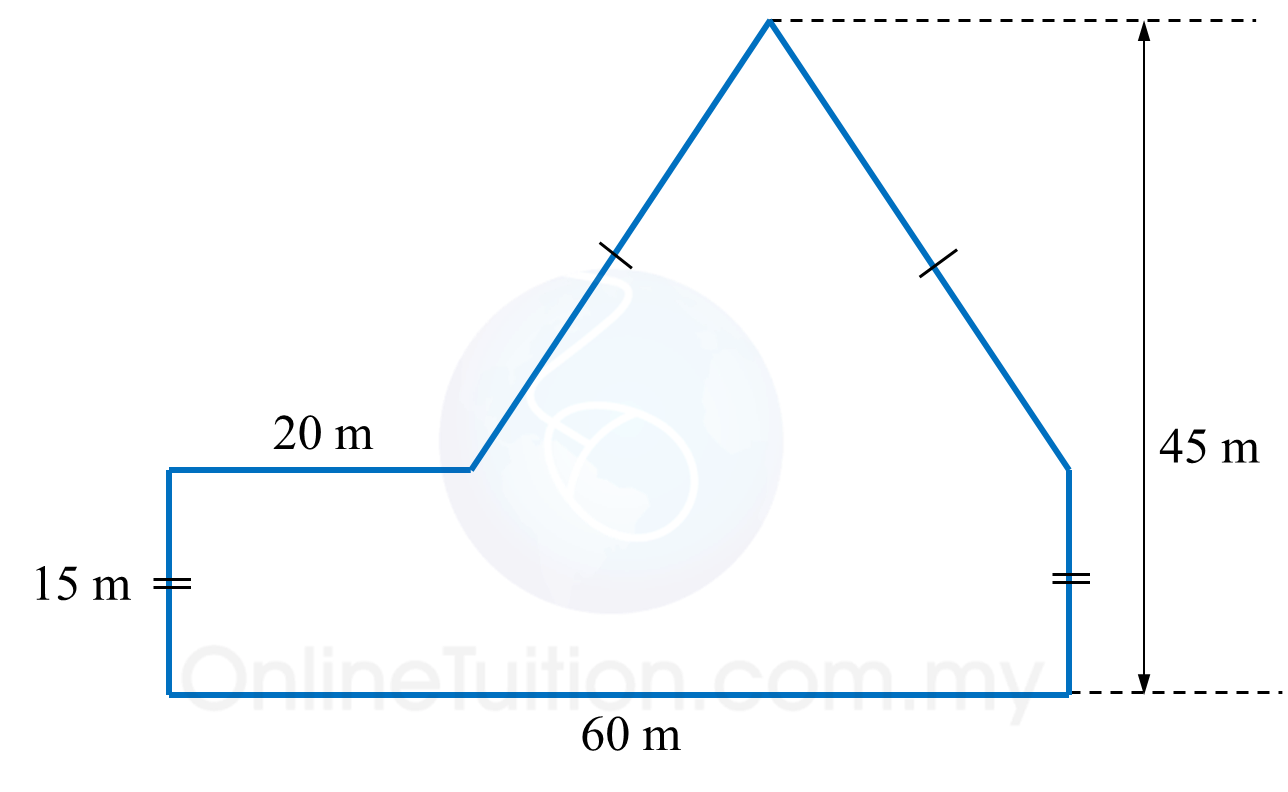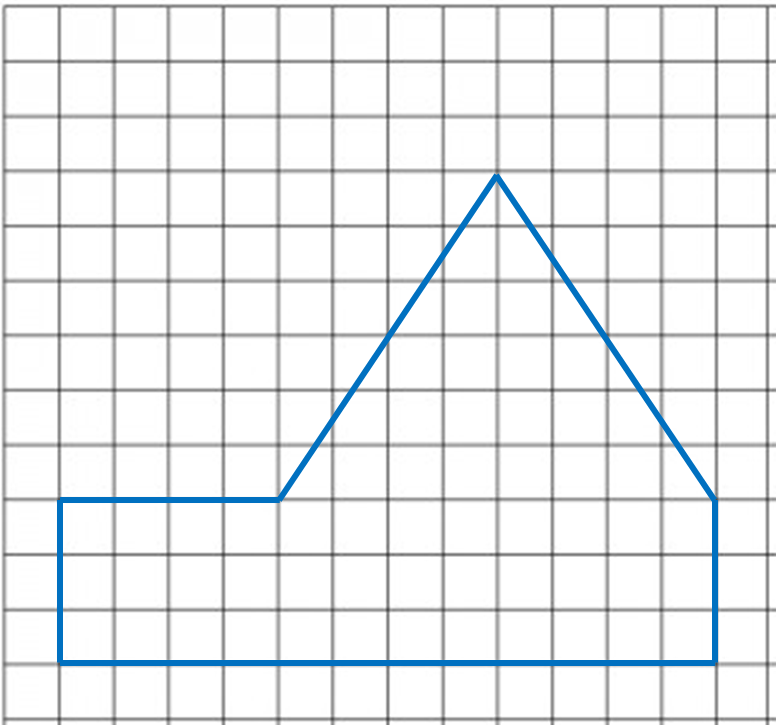12.1 Linear Inequalities
12.1.1 Inequalities
1. To write the relationship between two quantities which are not equal, we use the following inequality signs:
> greater than
< less than
≥ greater than or equal to
≤ less than or equal to
2. 7 > 4 also means 4 < 7. 7 > 4 and 4 < 7 are equivalent inequalities.
12.1.2 Linear Inequalities in One Unknown
1. An inequality in one unknown to the power of 1 is called a linear inequality.
Example: 2x + 5 > 7
2. A linear inequality can be represented on a number line.
12.1.3 Computation on Inequalities
1. When a number is added or subtracted from both sides of an inequality, the condition of the inequality is unchanged.
Example:
Given 5 > 3
Then, 5 + 2 > 3 + 2 ← (symbol ‘>’ remains)
Hence, 7 > 5
2. When both sides of an inequality are multiplied or divided by the same positive number, the condition of the inequality is unchanged.
Example:
Given 4x ≤ 16
Then, 4x ÷ 4 ≤ 16 ÷ 4 ← (symbol ‘≤’ remains)
Hence, x ≤ 4
3. When both sides of an inequality are multiplied or divided by the same negative number, the inequality is reversed.
Example:
Given –3 > –5
Hence, 3 < 5
Given –5y > –10
Then, –5y ÷ 5 > –10 ÷ 5
–y > –2
Hence, y < 2
12.1.4 Solve Inequalities in One Variable
To solve linear inequalities in one variable, use inverse operation to make the variable as the subject of the inequality.
Example:
Solve the following linear inequalities.
(a) 3−2x<1(b) 5−2x3≤7
Solution:
(a)
3−2x<13−2x−3<1−3 −2x<−2 2x>2 2x2>22 x>1
(b)
3−2x<13−2x−3<1−3 −2x<−2 2x>2 2x2>22 x>1
(b)
12.1.5 Simultaneous Linear Inequalities in One Variable
1. The common values of two simultaneous inequalities are values which satisfy both linear inequalities.
The common values of the simultaneous linear inequalities x ≤ 3 and x > –1 is –1 < x ≤ 3.
2. To solve two simultaneous linear inequalities is to find a single equivalent inequality which satisfies both inequalities.
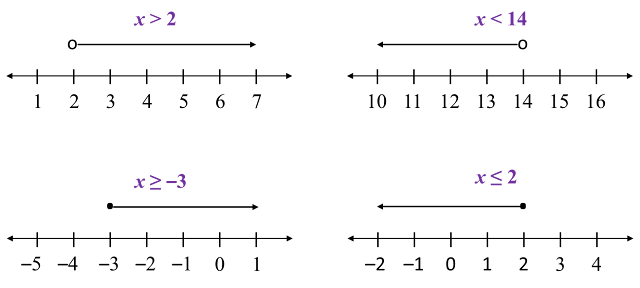


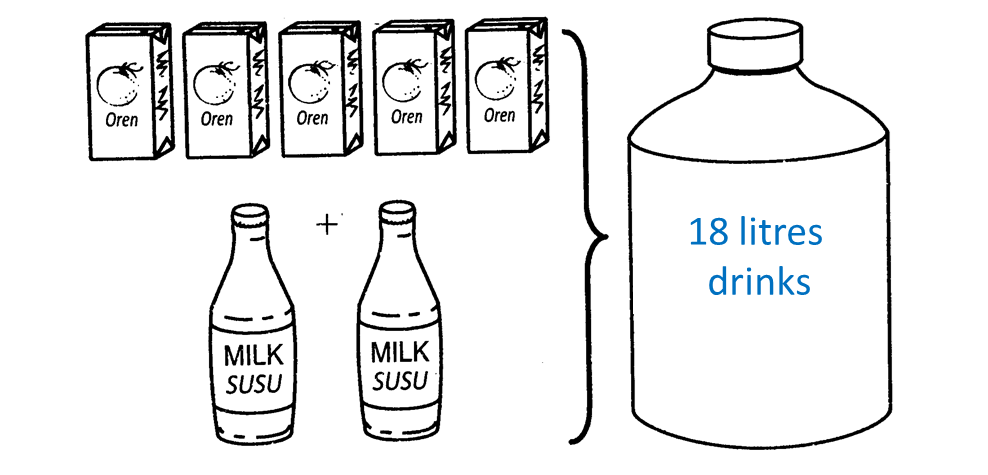

 Diagram 2.1
Diagram 2.1 Diagram 2.2
Diagram 2.2
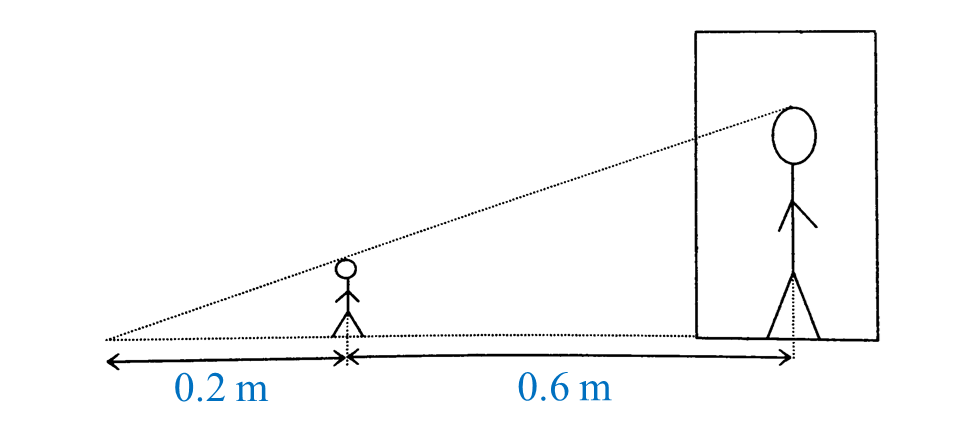 What is the height, in cm, of the puppet used by Tok Dalang?
What is the height, in cm, of the puppet used by Tok Dalang? (a) State the scale factor of the enlargement.
(a) State the scale factor of the enlargement.